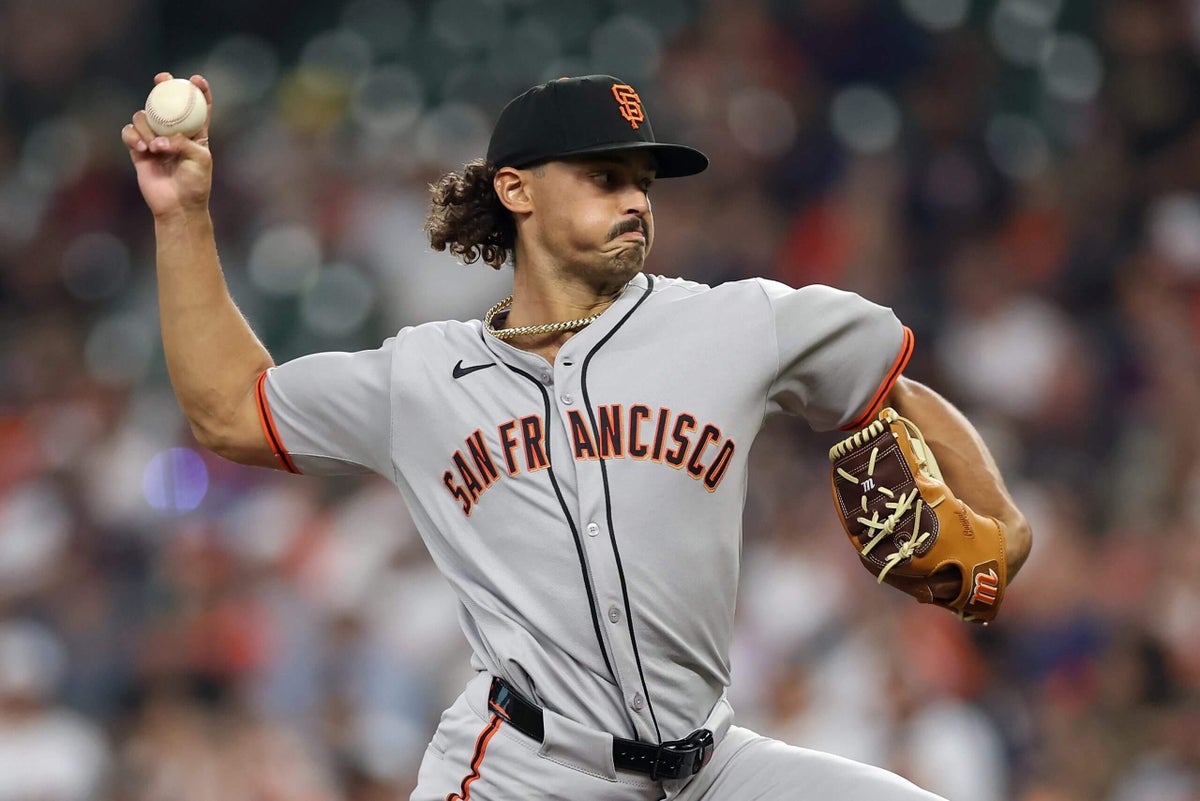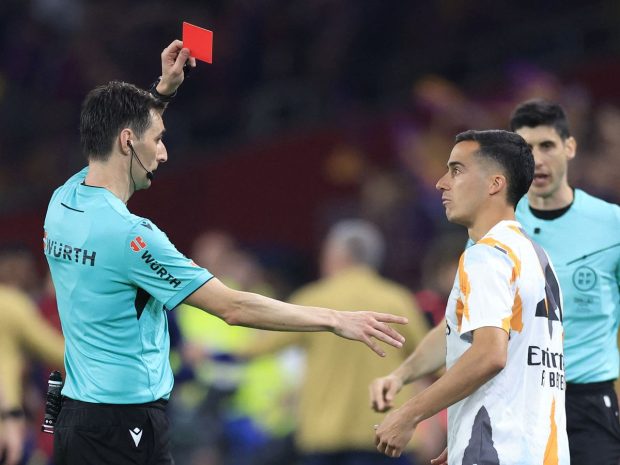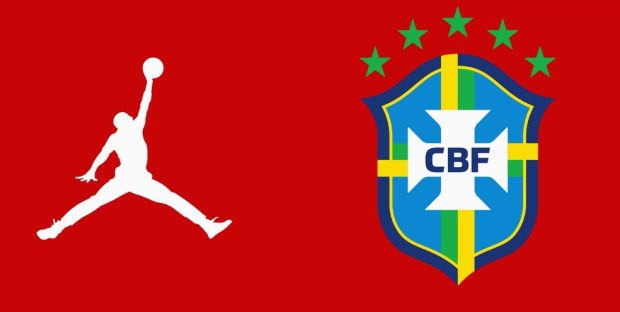

In Monday night’s 7-2 Giants victory over the Astros, Jordan Hicks threw six scoreless innings and allowed just one hit. He threw 72 pitches, 51 of them for strikes. He hit 100 mph on the radar gun in the first inning, and he hit 98.9 mph in his final inning. He threw his sinker two-thirds of the time, and out of the nine the Astros put in play, only three had an expecting batting average over .200.
Advertisement
It’s irresponsible to make sweeping conclusions after a single start*, but it’s perfectly reasonable to wonder if the biggest offseason move for the Giants was committing to Hicks in the rotation early. If this is what he looks like with an entire offseason to build up strength for the rotation, his ceiling might have been unfairly overlooked.
* Although Hicks’ sweeper also looked good on Monday.
In retrospect, it was impressive that Hicks was as effective early last season as he was. Before signing with the Giants, he had plenty of suitors as a reliever, with the Yankees, Red Sox, Astros, Rangers, Angels, Orioles and others attached to him at one point, but he wanted to start. He never issued an ultimatum to interested teams, saying he wouldn’t sign as a reliever, but he delayed signing long enough to see if a team would give him a chance as a starter, and that’s how he ended up with the Giants instead of, say, the Phillies.
In the middle of January, Hicks got his wish … and about 32 days later, he reported to spring training in Scottsdale. Not only did he have only one month to prepare physically for the rotation, but he’d spent the previous months without team-guided preparation. There weren’t weekly check-ins with the Giants’ phalanx of performance scientists, and there wasn’t a list of best practices from his new organization to help ease him into a full-time transition, at least not before the middle of January.
It showed. Hicks’ sinker went from averaging 97.3 mph in his first start last season to 94.8 in his second. By the time last April was over, Hicks had thrown roughly half as many pitches as he’d ever thrown in a season in his career. In the middle of July, right before he was removed from the rotation and given some rest, his sinker averaged 92.2, and a couple were even in the high-80s. The idea might have made sense, but the execution was less than desirable. Not because anyone was at fault, necessarily, but because there just wasn’t enough time to do it right last offseason.
Advertisement
The idea was worth trying again, and it was worth getting right. While Hicks got swings and misses on his sweeper and splitter on Monday, he dominated by throwing sinker after sinker. Astros hitters knew they could expect several of them in any given at-bat. All they had to do was sit and wait for an upper-90s sinker and spin on it. And all you have to do to get rich is invent something that everyone needs.
Hicks’ start was a proof of concept, and while there will be approaches that succeed against him in future starts, it was a reminder there aren’t a lot of good options for hitters when he’s throwing like he did on Monday. Batters can look for pitches up or have an opposite-field approach, but if Hicks is throwing his best sinkers where he wants to, it doesn’t matter if it’s the first, second or third time through the order. It never stopped being one of the most unusual and effective weapons in baseball history.
This is a different dynamic than you typically see with unproven starters. A young pitcher with an electric arm might get praise for his raw stuff, but it might come with a caveat like, “if only he could throw more strikes” or “if only he could keep the ball down more.” A veteran might get the “if only he could stay healthy” or “if only he had more velocity and/or better secondary stuff.” With Hicks, you’re hoping that he can maintain his strength and endurance for the entire season. That’s not the typical if-only. It might even be one of the easier if-onlys to fix.
That’s not to say that it has been fixed. Hicks had his best velocity of the 2024 season in his first start, with adrenaline likely playing a part. On Monday, he had 90 friends and family members in the stands for his first hometown start in Houston, which is certainly an adrenaline-creating situation. And nobody is going to get a definitive answer to Hicks’ staying power after his second start, or his third. Everyone might have to wait until August or September to know if the experiment is a success under the new, improved conditions of a structured offseason.
The Red Sox have lofty expectations for Garrett Crochet, a 26-year-old left-hander with superlative stuff, who converted to the rotation last season with great success. They’re giving him a six-year, $170 million extension because they believe in the beautiful dream of his ceiling. His stuff is that good. Crochet and Hicks are tangerines and oranges, maybe, but they aren’t apples and oranges. Hicks is also in his 20s with an arsenal of unicorn pitches. Crochet averaged 75 pitches and 4.6 innings per start last season after an offseason to prepare for the rotation, and Hicks averaged 88 pitches and 4.9 innings per start without an offseason to prepare for the rotation (though it should be noted that Crochet was in his first full season back from Tommy John surgery). One pitcher was the darling of offseason trade rumors, and the other was something of an afterthought. The situations aren’t identical, but the gulf between them isn’t that big.
Advertisement
It was moderately surprising that Buster Posey and the new front office kept Hicks in the rotation because he was an idea from the last front office, but it took one start to make them look like geniuses. While it will take dozens more to keep them looking like geniuses, Monday’s start made it clear it’s a dream worth chasing. There’s upside in every starting pitcher the Giants will use this season, but there might be more upside in Hicks than any of them. Maybe he should have been getting more hype all along.
(Photo: Tim Warner / Getty Images)
This news was originally published on this post .










Be the first to leave a comment